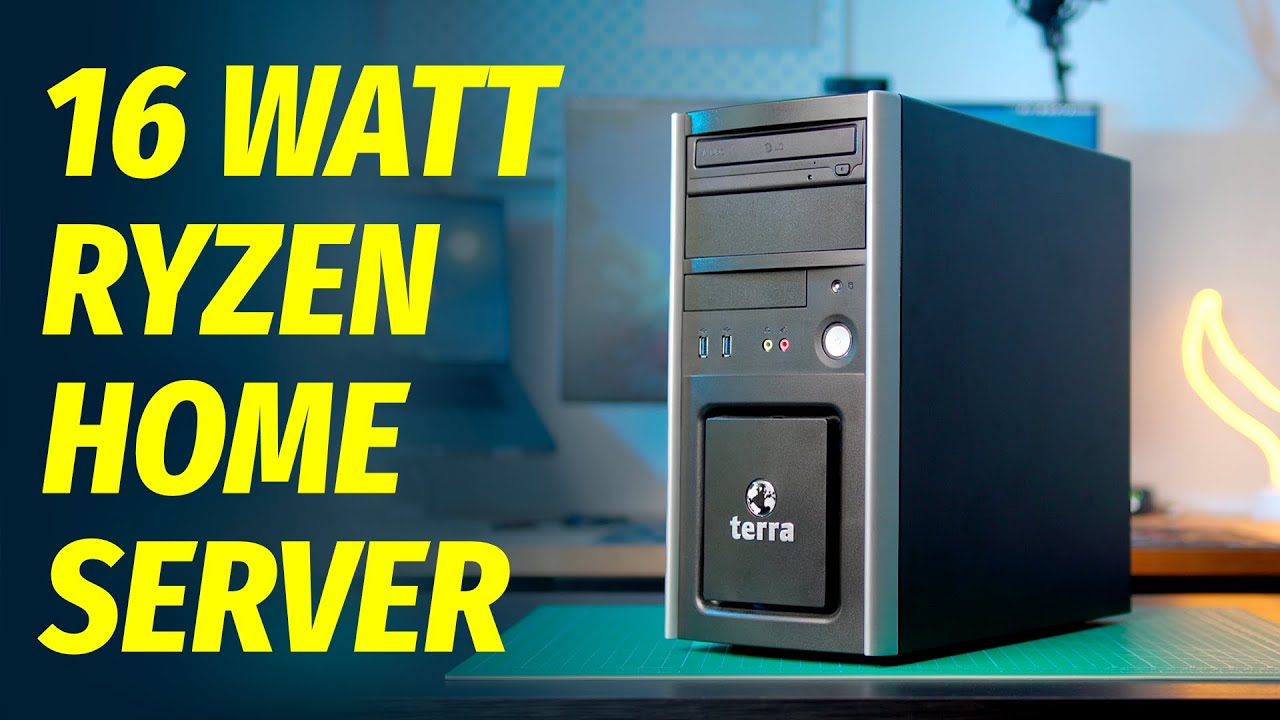

Whatever I put on Lemmy or elsewhere on the fediverse implicitly grants a revocable license to everyone that allows them to view and replicate the verbatim content, by way of how the fediverse works. You may apply all the rights that e.g. fair use grants you of course but it does not grant you the right to perform derivative works; my content must be unaltered.
When I delete some piece of content, that license is effectively revoked and nobody is allowed to perform the verbatim content any longer. Continuing to do so is a clear copyright violation IMHO but it can be ethically fine in some specific cases (e.g. archival).
Due to the nature of how the fediverse, you can’t expect it to take effect immediately but it should at some point take effect and I should be able to manually cause it to immediately come into effect by e.g. contacting an instance admin to ask for a removed post of mine to be removed on their instance aswell.




I doubt most user have any need for great nc performance.
I also doubt those “super performant nextcloud flakes” are actually any faster than a plain old default nc deployment; especially for our use-cases.
Using NixOS is a good recommendation though. Just don’t do flakes unless you actually understand what problem they intend to solve and how catastrophically bad they are at it.